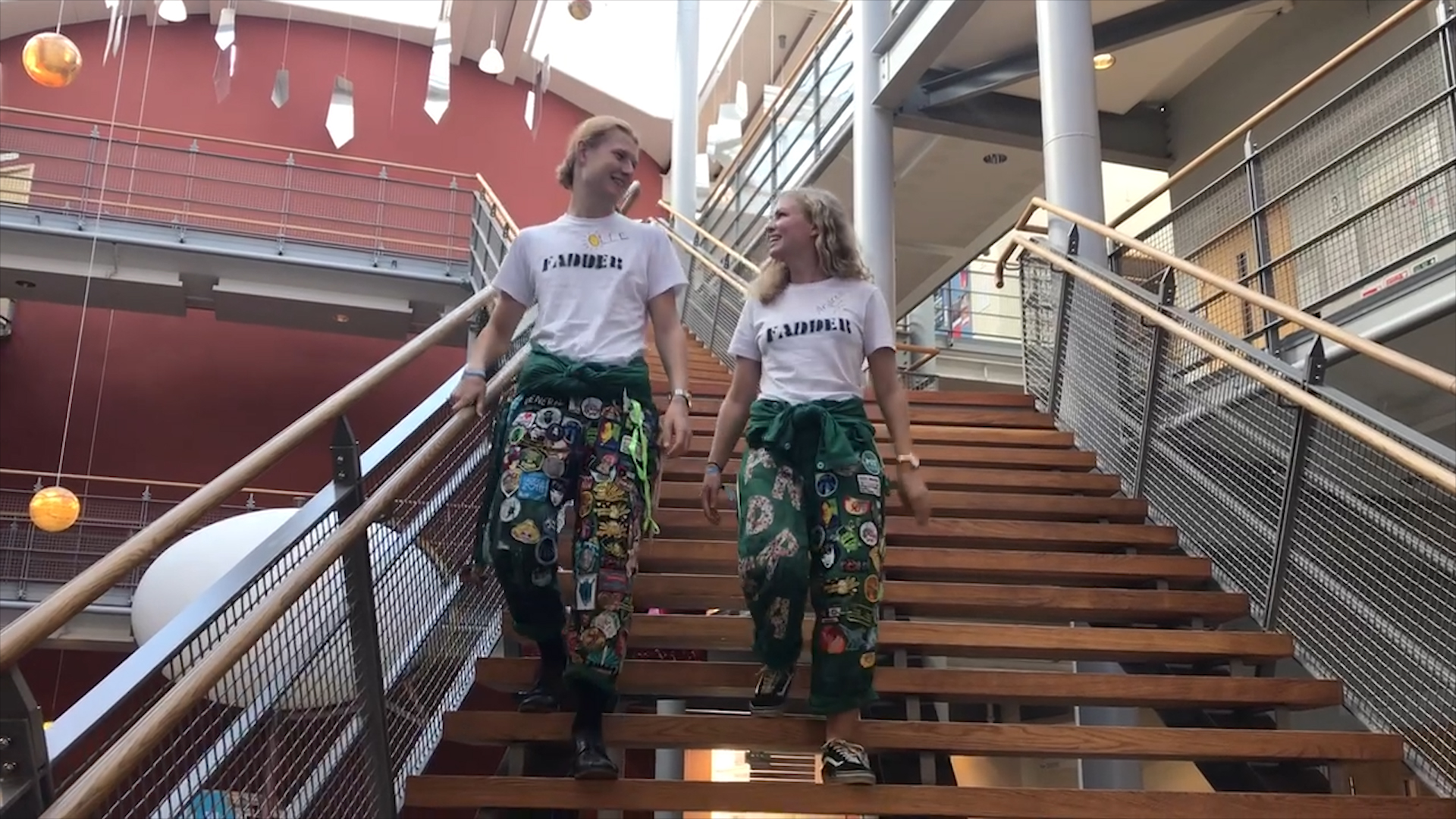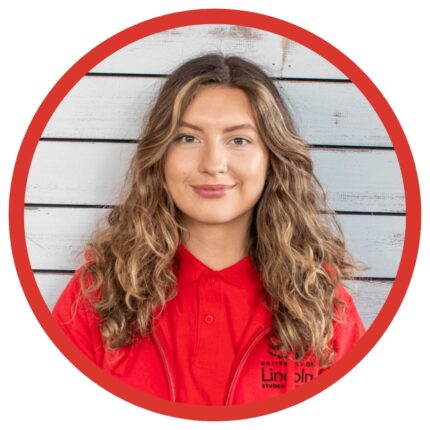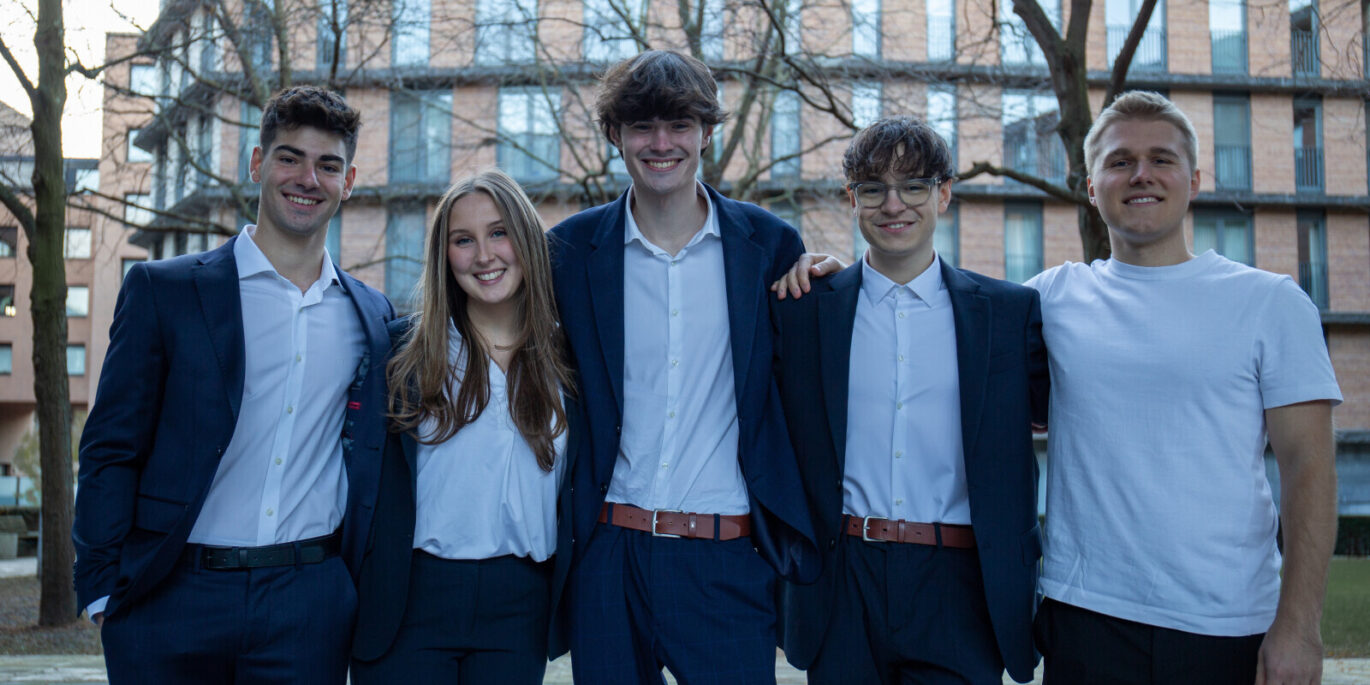While I was exploring SUs across Scandinavia with Wonkhe, I had the UPP Foundation’s Student Futures work buzzing away in the back of my mind.
The student experience in Scandinavia was similar in many ways, such as the desire for social opportunities beyond the curriculum – and in other ways quite different, like much more generous student funding arrangements, which you would be naive to not see as a barrier within the student experience here in the UK.
Another was Scandinavia’s seemingly embedded culture of community togetherness. It’s this aspect that I think could and should be brought to the UK, and delivered through the Student Futures Manifesto framework.
As a student, I spent half of my degree in a pandemic – so I resonated with the commission’s findings as well as the Wonkhe/Pearsons insights on belonging, and its positive impact on wellbeing.
Some of the things that students proposed to increase feelings of belonging were making friends, meeting people on courses, meeting like minded people and being part of sports/societies.
The running theme is personal interactions, friendship, social opportunities, meaningful collaboration and ultimately community. So the question is how we foster a welcoming community environment to allow students to feel they belong, which consequently could improve their wellbeing, their experience and their outcomes?
And notwithstanding the student finance differences, can we look to Scandinavia for some inspiration?
Identity and space
One thing that stood out for me was that students seemed to more closely identify with their institutions. Many of the Swedish students we met were wearing overalls with tokens of their experience in the form of badges covering them – a physical representation of their place and memories at their university. We’ve all got “University of…” jumpers but nothing that is as personalised as what we saw in Scandinavia.
Similarly, spaces on campus were associated more closely with student groups organised around subject – known as either “chapters”, “sections”, “nations” or “associations”, giving them a communal home. At Uppsala University there is a tradition of student “nations”, where a group of students own buildings on campus, run the in-house bar and all social events were fascinating.
All of this is in sharp contrast to UK institutions, where students’ communal spaces are either corporate and clinical “social learning” spaces or slick SU buildings. Whilst students in the UK have places to go, we may need to give students more belonging in the shape of physical spaces that look and feel like theirs – aligned, perhaps, to their societies, interests, or subject.
Serving other students
Another aspect that stood out was that across Scandinavia, volunteering is not just seen as an altruistic extracurricular activity which serves the community, but is part of the way of life where students serve other students. We saw everything from tech-savvy students volunteering to fix others’ laptops, to students delivering study skills sessions for others less confident of succeeding on their course.
Here in the UK, I cannot imagine many students jumping at the opportunity to volunteer to run their SU bar or club venue. But why is this? It’s almost certainly partly about money with an increasing need for students in the UK to have a job to afford to be at university – something that isn’t easily resolved when maintenance loans remain static. Increasingly, there’s a sense that our students’ time is valuable, and that value is usually quantified in a monetary form.
But given that we know that traditional community volunteering is a positive opportunity for students that will benefit their employability – the question is how we might find other forms of value – and how we could develop a wider volunteering strategy that takes in service to other students and local businesses.
Are students getting anything they would not get unless they were undertaking the activity? Is there an opportunity to do a nationally recognised project/qualification for a discount? Is there a chance to work with a local business to gain experience? And whilst volunteering long-term has great benefits to students, maybe we need to give them a more immediate gain.
Campus communities
My mental light switched on when thinking about how to improve some of the above when we looked at academic societies.
Academic school identity was prominent across Scandinavian institutions. Most were automatic membership associations that were responsible for welcome events, social programmes and included (or worked very closely with) academic representation. When I asked how much schools or their equivalent are involved, the answer seemed to be that they are very much a supportive partner.
Yet here in the UK there is a sense that the academic societies nut is still yet to be cracked, and it’s often an endeavour that only has a passing relationship with a rep system.
So how could we embed and elevate these kinds of academic communities? To start with there needs to be emotional investment from schools, academic society committees and academic reps. All three are already invested in bettering students’ academic and wider student experience, and getting them together in a room to coordinate, discuss and plan can only lead to a more positive impact.
Maybe there needs to be conversations between SUs and university staff in schools to determine structures that work for both parties. Maybe in some SUs there need to be discussions between staff teams! Maybe one SU could develop a pilot partnership agreement for one academic area, placing ownership over different areas and how all parties will work together for the academic community.
That might involve monetary support from schools, time support for events, support for academic societies to help reps to capture feedback or for reps to attend and promote society events. There is no right or wrong with this, and maybe there are interventions we haven’t thought of yet. Maybe we overcomplicate things. But with students reporting that a stronger sense of belonging would be gained through making friends and meeting people on their course, there has never been a more pressing need to develop these kinds of communities on campus.
In a post-Covid world, students seem to crave a sense of physical community, and long for a feeling of belonging. Students have changed what they need, and as we move towards lifelong learning, our student populations are more diverse than ever. That doesn’t mean abandoning everything we do but it may mean doing some maintenance work to allow us to align our approaches to what students need today to get the most from their student experience.
Scandinavia may not have all the answers, but we would be foolish not to take a page out of their book.



















